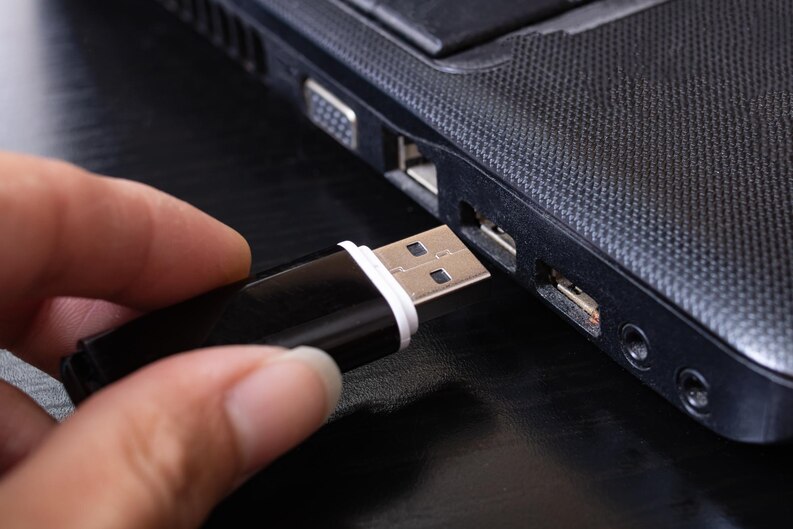Introduction to USB4 vs Thunderbolt 4
In an era where high-speed data transfer and seamless connectivity are paramount, USB4 vs Thunderbolt 4 have emerged as two leading contenders. These technologies have revolutionized the way we connect and transfer data across devices, offering blazing-fast speeds and versatile features. But how do they differ, and what sets them apart? Let’s dive into a comprehensive comparison to find out.
Speed and Bandwidth Comparison
When it comes to data transfer speeds, both USB4 and Thunderbolt 4 boast impressive numbers. USB4 offers a maximum data transfer rate of up to 40 Gbps, making it significantly faster than its predecessor, USB 3.2. On the other hand, Thunderbolt 4 matches this speed with its own 40 Gbps data transfer capability. This means that in terms of pure speed, both technologies stand neck and neck.

Compatibility and Port Options
One key differentiator between USB4 and Thunderbolt 4 lies in their compatibility and port options. USB4, based on the USB-C standard, is designed to be widely compatible with various devices, including laptops, tablets, and smartphones. Thunderbolt 4, while also using the USB-C port, offers enhanced compatibility with Thunderbolt 3 devices, making it a seamless upgrade path for existing Thunderbolt users. This distinction could influence your choice based on your existing devices and potential future investments.
Features and Use Cases
Beyond speed and compatibility, both USB4 and Thunderbolt 4 bring unique features to the table. Thunderbolt 4 supports daisy-chaining, allowing you to connect multiple devices through a single port. This feature is particularly advantageous for professionals working with multiple peripherals. USB4, while not inherently supporting daisy-chaining, still offers impressive capabilities like universal connectivity and power delivery.
In terms of use cases, Thunderbolt 4 shines in scenarios requiring multiple high-performance devices to be connected simultaneously. Creative professionals can benefit from its ability to drive high-resolution displays and connect to external GPUs. On the other hand, USB4 caters to a broader audience, encompassing everyday users seeking fast data transfers and versatile connectivity options.
Conclusion
In the showdown between USB4 and Thunderbolt 4, the choice ultimately depends on your specific needs and devices. If you’re deeply invested in the Thunderbolt ecosystem and require daisy-chaining capabilities, Thunderbolt 4 might be the way to go. However, if you’re looking for a versatile and widely compatible solution for fast data transfer and charging, USB4 is a compelling option. Whichever you choose, both technologies represent significant advancements in connectivity, propelling us into a future where high-speed data transfer is the norm.




